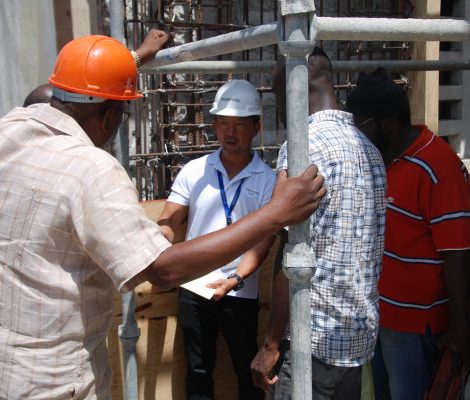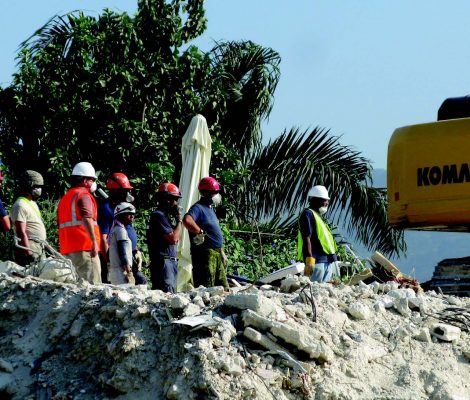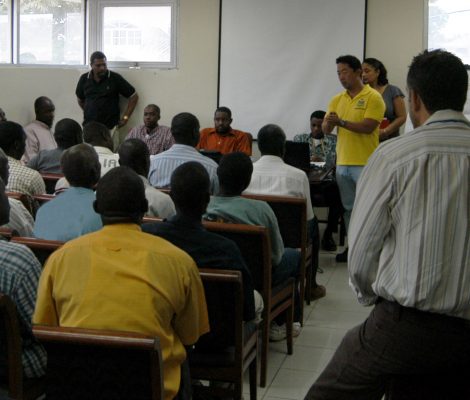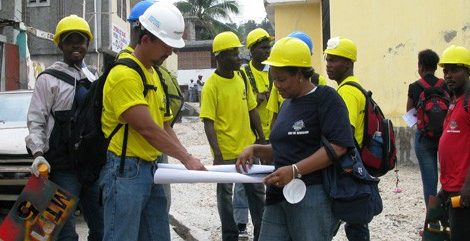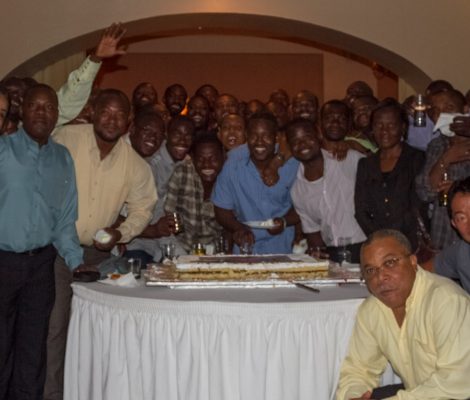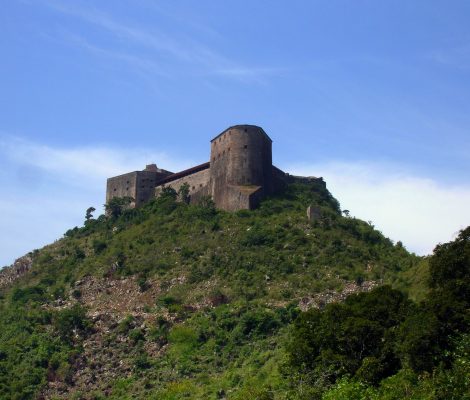Category: Case Studies
Miyamoto in Haiti: Lycee de Cite Soleil Rehabilitation Project
This post is part of a series called Miyamoto in Haiti
The community also had an interesting reaction to the Miyamoto banner that was installed at the entrance of the Lycee: normally, people in Cite Soleil do not appreciate signs and banners with donor logos because they are perceived as disempowering, as taking ownership away from the neighborhood. But the community appeared to appreciate this banner because instead of NGO logos on the banner, there were the logos of Haitian companies who were willing to put their name and brand on a project from Cite Soleil. There has been a…
Miyamoto in Haiti: A Morning and Afternoon of Hopeful Rebuilding
This post is part of a series called Miyamoto in Haiti
Waking up in post-earthquake Haiti has challenges and opportunities. We’re here to help rebuild in a safe and sustainable manner. Today there are two sides of that great task that faces us, the Haitian people, the United Nations, and the international community, as a whole.
This morning, two government representatives came by our Petionville house. One is a senior official and the other is an adviser to President Rene Preval. Our discussion turns to a topic of great importance: schoolchildren.
I sit with my colleagues Lon and Guilaine as…
Thirty Months in Haiti, Part 3
Posted in Case Studies, Haiti
This post is part of a series called Miyamoto in Haiti
Believe me, that was the hard way. But looking back, it was one of the best decisions we had ever made. We selected 16 contractors and trained them in technology and business. We specified materials from local suppliers—Haitian-made. Contractors hired masons from the pool that we had trained. These folks eventually repaired an average yellow-tagged house in four days using a four-person team, which was overseen by an MTPTC engineer as per international standards. It cost about $2,000 per house total, which was less expensive than the infamous T-Shelters,…
Thirty Months in Haiti, Part 2
This post is part of a series called Miyamoto in Haiti
The team of engineers assessed each house and marked it with a green, yellow or red tag. Teams also recorded detailed structural and social information using PDAs. We not only performed engineering tasks, but we also became counselors and social workers. People were beginning to return home to safe, green-tagged houses. The temporary camp population had decreased to 700,000 in late 2010. We figured that the amount of debris that existed in the country, based on the database that we had developed, was 8.9 million cubic meters (314 million…
Thirty Months in Haiti, Part 1
This post is part of a series called Miyamoto in Haiti
I just finished giving a speech at the Kinam Hotel in Port-au-Prince, Haiti. The applause afterward left me with a good, warm feeling. I’d spoken to more than 100 attendees, including MTPTC (the Haitian Public Works Ministry) engineers, ministry directors, nongovernmental organization (NGO) partners and the media. This event was to celebrate the achievements of the MTPTC engineers since the 2010 earthquake.
I have had probably more than 50 speaking engagements each year for the last several years, for many different types of audiences, and giving speeches has become…
Miyamoto in Haiti: Visiting The Citadel
This post is part of a series called Miyamoto in Haiti
CAP-HAÏTIEN, Haiti–The shadow of a massive fortress appeared in the jungle at an elevation of 3,000 feet. It was the most amazing thing I had ever seen. Mr. Jolibois, director of ISPAN, a government agency that oversees heritage buildings in Haiti, was driving his ATV on the 200-year-old cobblestone trail that led up to the Citadel. The trail was filled with steep twists and turns and bumps. Antoine, ISPAN staff member, and I were in the back of the ATV, hanging on for dear life. I had better not…
